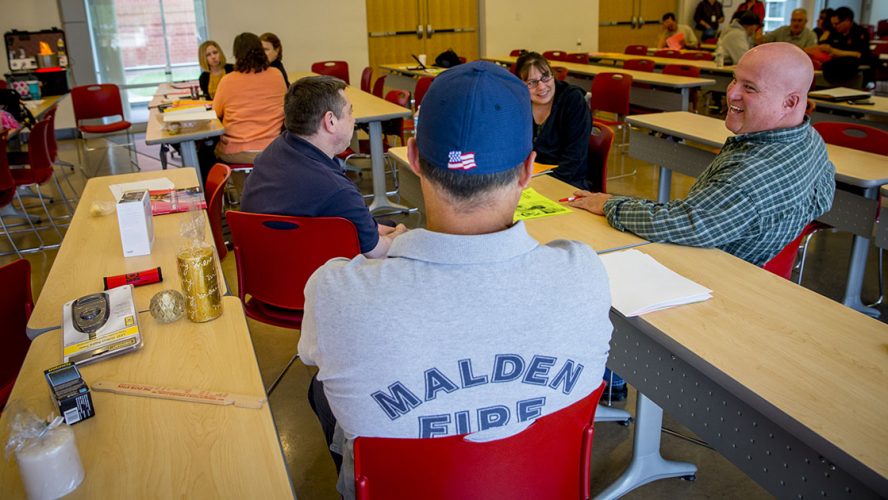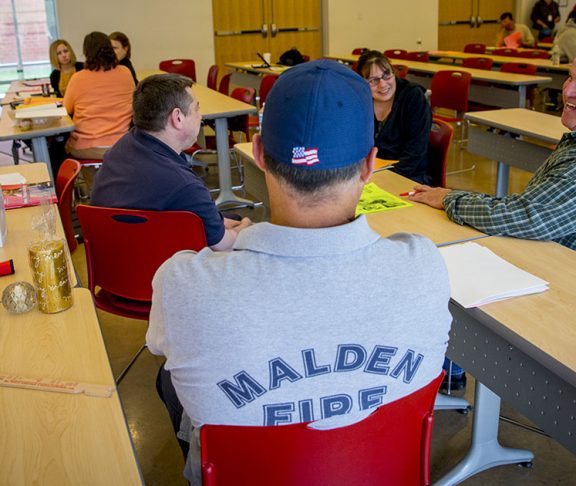
Cathy Longley
National Fire Protection Association
Have you ever heard the phrase “community risk reduction” and wondered what it means and how it affects you?
Community risk reduction (CRR) is not a new concept. It is preparedness at its best — a proactive approach to problem-solving. Often perceived as public education, CRR is more than that; it is a series of focused steps that a community can take to reduce specific risks by identifying potential hazards.
Work of firefighters
The National Fire Protection Association (NFPA) defines CRR as “programs, actions, and services used by a community, which prevent or mitigate the loss of life, property, and resources associated with safety, fire, and other disasters.” Known for its building and life safety codes, NFPA is currently creating a community risk reduction standard that offers a framework for identifying risks and developing a CRR plan.
One of NFPA’s largest stakeholder groups, firefighters, plays a major role in reducing community risk. Best known for being responsive, the modern fire service no longer simply answers the bell — it works hard to prevent the bell from ever ringing.
Fire departments across the nation are performing Community Risk Assessments (CRA) to identify safety issues, examine root causes, create solutions and determine the best approach for engaging at-risk audiences. To accomplish this, they are using both current and historical data, such as geographic and demographic information, building reports, emergency response logs, lifestyle insights, and economic patterns. With this information, they can prepare, prevent, minimize and recover from events and regional concerns.
When the bell rings
In more serious cases, CRR takes the form of emergency management. For example, people in the Northeast may witness community risk reduction when a blizzard is forecasted and officials hunker down to minimize potential damage. Similar scenarios unfold when hurricanes encroach, wildfires intensify and earthquakes wreak havoc. In each of these instances, fire command staff and other leaders create plans that consider previous incidents, weather reports, manpower, equipment, evacuations and various other factors.
Fire officials are always keeping an eye on hazards that are trending. For example, if a city or town is seeing an increase in senior citizen falls, traffic accidents or floods, the fire department will look at call data and then allocate resources, devise a plan and orchestrate outreach or tap into technology. In the last year or two, we’ve seen national and local leaders use CRR to address the country’s opioid epidemic.
Importance of partners
Relationship-building is a key component of CRR. By partnering with senior centers, ethnic organizations, youth groups, community leaders and business operators, the fire service is able to tap into the resources of these groups, as well as share important messaging via social media, websites, curriculums, signage, local meetings and community toolkits. CRR alliances ensure that the right people are involved in eliminating, reducing and preventing a problem, and that the recommended best practices resonate with targeted audiences.
Community risk reduction is not a buzzword, nor is it public education. It’s a comprehensive approach that community leaders take to ensure that you, your neighbors and the place you call home are safe from harm.

